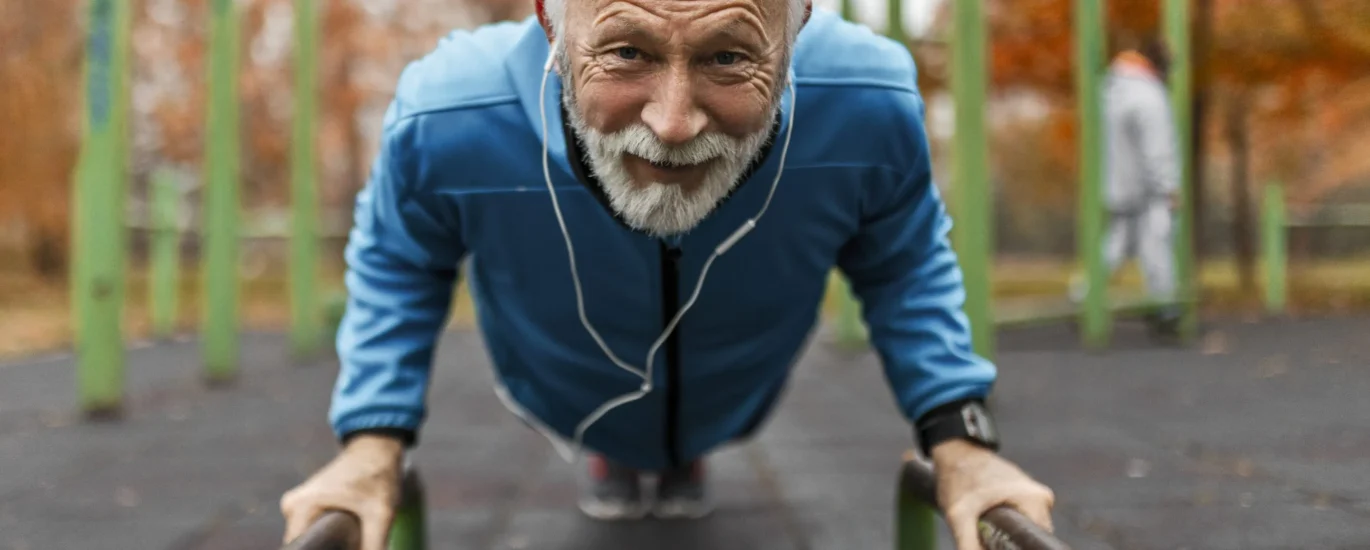Caring for an elderly loved one who is bedridden can be a deeply rewarding yet challenging experience. One common task many caregivers face is changing adult diapers—an essential part of maintaining hygiene, comfort, and dignity. But did you know that improper diaper changing can lead to skin irritation, infections, or even more serious health issues?
In this article, we’ll walk you through everything you need to know about safe and hygienic diaper changing for bedridden elderly people. You’ll learn step-by-step techniques, practical tips, and the science behind why these steps matter. Whether you’re a family caregiver or a professional, this guide aims to empower you with confidence and compassion.
Why Is Proper Diaper Changing So Important?
When elderly individuals are bedridden, they often rely on adult diapers to manage incontinence. While diapers provide convenience and protection, they also create a moist, warm environment—perfect for bacteria and fungi to thrive. This can cause:
- Diaper dermatitis (skin irritation)
- Pressure ulcers (bedsores)
- Urinary tract infections (UTIs)
- Fungal infections such as candidiasis
According to the National Institute on Aging, skin changes in elderly people—like thinning and reduced elasticity—make them more vulnerable to damage and infections. This means that maintaining skin hygiene and preventing prolonged exposure to urine or feces is crucial.
Common Questions Caregivers Ask
How Often Should I Change the Diaper?
Answer: Change diapers promptly after soiling, ideally every 2 to 4 hours during the day and at least once during the night. Avoid letting urine or stool sit on the skin for long periods, as this can break down the skin barrier.
What Are the Signs of Skin Problems?
Look for redness, swelling, rash, warmth, or unusual odor. These signs may indicate irritation or infection. If you notice these symptoms, consult a healthcare professional.
Can I Use Regular Baby Wipes?
Choose alcohol-free, fragrance-free, and hypoallergenic wipes designed for sensitive skin. Avoid harsh chemicals or scented products, which can worsen irritation.
Step-by-Step Guide to Safe and Hygienic Diaper Changing
1. Prepare Everything First
Gather all supplies before you start: fresh diaper, wipes, barrier cream (if recommended), gloves, plastic bags for disposal, and clean towels. Preparation reduces time and disturbance for the elderly person.
2. Wash Your Hands and Wear Gloves
Hand hygiene is the first line of defense against infection. Wash your hands thoroughly with soap and water and put on disposable gloves.
3. Ensure Privacy and Comfort
Close curtains or doors and keep the room warm. Explain each step gently to your loved one to reduce anxiety.
4. Carefully Remove the Soiled Diaper
Roll down the front of the diaper gently, fold inward to trap waste, and carefully lift the hips if possible, using gentle movements to avoid skin tears.
5. Clean the Skin Thoroughly
Use moist wipes or a soft cloth dampened with warm water. Always wipe from front to back to prevent spreading bacteria, especially for females. Avoid scrubbing; gently pat dry with a clean towel.
6. Inspect the Skin
Check for redness, rashes, or sores. If skin looks irritated, apply a barrier cream recommended by a healthcare provider to protect against moisture.
7. Put on a Fresh Diaper
Place the clean diaper under the hips, making sure it fits snugly but not too tight to allow airflow.
8. Dispose of Waste Properly
Seal the used diaper and wipes in a plastic bag before discarding. Remove gloves and wash your hands again.
Tips to Keep Skin Healthy Over Time
- Use breathable diapers made of materials that reduce moisture buildup.
- Change diapers before bedtime with a clean, dry diaper to reduce nighttime irritation.
- Keep the skin dry and clean—moisture is the enemy of healthy skin.
- Encourage gentle movement or repositioning every two hours to reduce pressure sores.
- Consult healthcare professionals for persistent skin issues or if infections develop.
The Deeper Meaning: Caring with Compassion and Respect
Changing a diaper might seem like a simple task, but it carries profound meaning in caregiving. It’s a moment of connection, trust, and dignity for someone who may feel vulnerable. Approaching this care task with patience, gentleness, and knowledge honors the humanity of our elderly loved ones.
By mastering hygienic diaper changing, you’re not just preventing infections—you’re promoting comfort, confidence, and respect in their daily lives.




